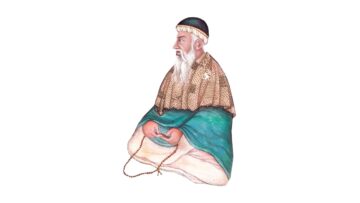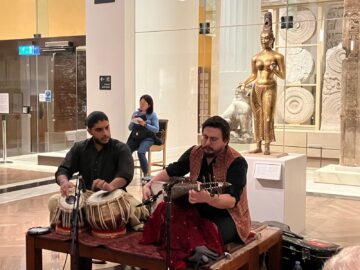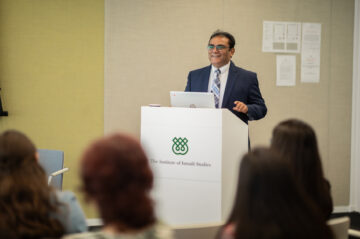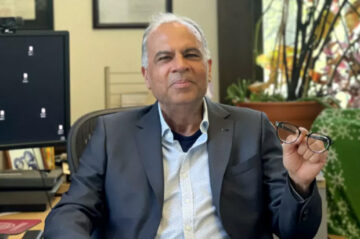Following two introductory essays on the development of diverse communities of interpretation in Islam and the emergence of the Ismaili Muslim community in early Muslim history, the remaining nine essays are divided into three parts: (I) The Early and Fatimid Phases; (II) The Nizari Phase; and (III) Aspects of Ismaili Thought. A select bibliography has also been provided for those interested in further readings on the various themes. Although much of the content of this volume is broadly covered in earlier publications by the same author, the essays shed further light on specific periods and important personalities in Ismaili history.
Amongst the significant historical episodes that have been covered are the Ismaili-Qarmati schism, the interactions between the IsmailisAdherents of a branch of Shi’i Islam that considers Ismail, the eldest son of the Shi’i Imam Jaʿfar al-Ṣādiq (d. 765), as his successor. of Syria and the CrusadersA term applied to Christian invaders who carried out numerous campaigns to capture Jerusalem and Palestine from the Muslims in the 11th and 14th centuries CE., and the relations between the Ismailis and Sufis in Persia following the sacking of Alamut by the Mongols. Dr Daftary cites numerous original sources, many from the collection of Ismaili manuscripts at the Institute, to bring to light little-known facts about the Ismailis and their history that would be of interest to historians but equally absorbing for the general readership interested in Ismaili and medieval history.
Several essays also provide detailed information on key figures in the Ismaili history including Queen Sayyida Hurra of Yaman, the only woman to have achieved the rank of hujja in the Ismaili da‘wa structure; da‘i Hasan-i Sabbah, who is credited with the establishment of the Nizari Ismaili state at AlamutFortress of the Nizari Ismailis in northern Iran, which fell to the Mongols in 654 AH/1256 CE.; and the eminent scholar Nasir al-Din al-Tusi, who made significant contributions to Ismaili thought while he was at Alamut. In these essays, Dr Daftary sketches portraits of these and other personalities that bring them to life and helps readers to understand and appreciate them as individuals, not merely as actors in a larger history.
Ismailis in Medieval Muslim Societies represents the results of modern scholarship in Ismaili studies and makes yet another contribution to the understanding of a Muslim community in the medieval times. It provides valuable information for historians and scholars of the Muslim world and makes specific aspects of Ismaili history and thought accessible to the general readership.






